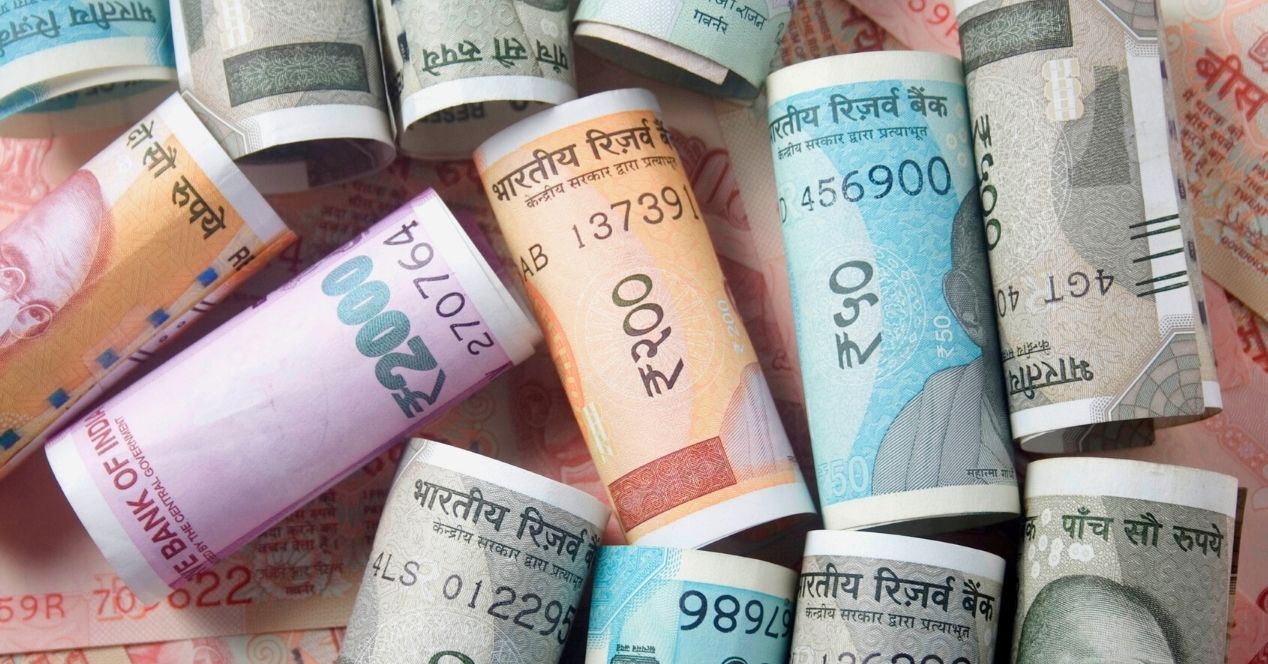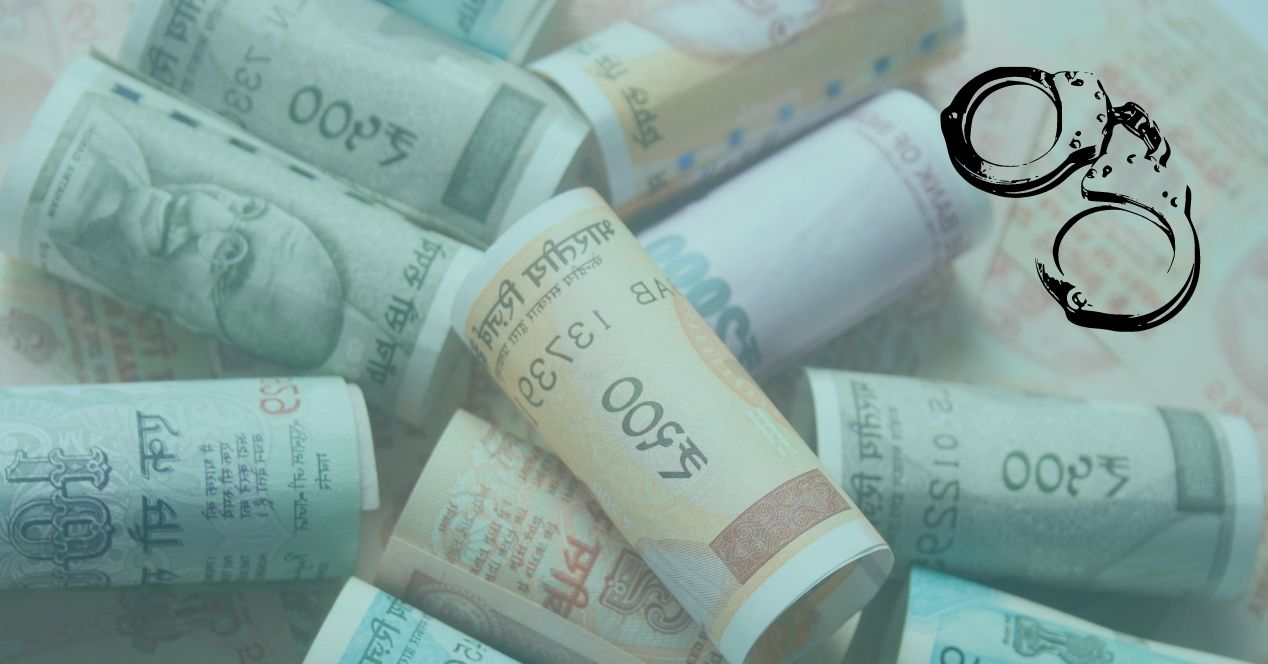Analysis
PMLA: From Prosecuting Drug Lords to Going after Critics and Farmers?
At the start of 2024, news broke out about summons being issued under the PMLA to two farmers by the ED

Out of the many acronyms that have entered the public consciousness over the years, ‘PMLA’ and ‘ED’ have slowly become the predominant ones to emerge from the legal landscape over the past decade (2013-2023). The number of cases registered by the Enforcement Directorate under the Prevention of Money Laundering Act, 2002 has seen a tremendous increase over this decade, most recently in the context of the Aam Aadmi Party and the excise policy case. From 195 cases in all of 2018-19, the first two months of 2022 itself had seen 579 cases registered as per a response in Parliament.
What has this frenzied activity meant for the country? The answers naturally depend on who you choose to ask the question.
For critics, the PMLA and ED are reminiscent of yet another infamous legal acronym, ‘MISA’ (for the Maintenance of Internal Security Act 1971), because of its stringent provisions on matters of investigations and bail and the ED’s selective targeting of opposition to the central government. For supporters, the bite of the PMLA is not a concern but necessary since money laundering is no joke, a position comprehensively affirmed by the Supreme Court which upheld the validity of the provisions in 2022. Further, the so-called selective enforcement issues are overblown for the law is an unqualified success in hoovering up ill-gotten assets and restoring them to the public.
Is the matter, then, as simple as there being two sides to every coin? I would argue that it is not, and that the concerns with the direction in which the PMLA has been taken by the ED, naturally at the bidding of successive governments, should be taken with all seriousness at our disposal.
From 2002 Till 2012: The Shift From ‘Serious Crime’ to ‘All Crime’
The PMLA has a rather peculiar legislative history, especially if we compare it to today where the impetus appears to be to pass laws first and deliberate later. An inter-ministerial committee was tasked with preparing an anti-money laundering law, and it was on 4 August 1998 that the PMLA Bill was introduced in the Lok Sabha. It made its way to the Standing Committee on Finance which presented its Report to Parliament in March 1999.
As the Lok Sabha was dissolved, a new Bill (the PMLA Bill 1999) was introduced which took on board many of the Committee recommendations. This Bill was passed by the Lok Sabha, referred to a Select Committee by the Rajya Sabha on 8 December 1999, and this Committee presented its report on 29 August 2001. The amendments proposed by the Committee were incorporated and the amended bill was passed by Parliament by November 2002 (published in the Gazette on 17 January 2003). It was only brought into force on 1 July 2005.
The initial PMLA bills, the two Committee reports, and the debates surrounding them, all support the idea that the PMLA was envisaged as a tool to combat the generation of ill-gotten assets from serious crime and not all crime. India had chosen to adopt this ‘serious crime’ approach as against the ‘all crime’ approach of countries such as the UK. Under the former, the PMLA regime would kick in only to combat the generation of ill-gotten wealth from certain serious crimes that were identified in the Schedule to the law, as opposed to bringing in the generation of tainted assets from any criminal activity under the ambit of money laundering.
Considering this logic, the Standing Committee of 1998 was “astonished” to find that the Schedule to the PMLA was “so wide that even the crimes like falsification of accounts and imitation of fire arms find their place in the schedule” and recommended its drastic shortening. This scheme was refined to introduce the two-category scheme in the Schedule which retained a wider reach for the PMLA but kept the so-called minor crimes in ‘Part B’ such that the PMLA would apply only if the alleged tainted assets were upwards of Rs 30 lakhs, and placed select serious crimes (waging war and drug crimes) in ‘Part A’ where no monetary threshold was in play.
This classification was also consequential in respect of the stringency of the process under PMLA. While all cases conferred a power of arrest without a warrant, only if the PMLA case arose out of a ‘Part A’ scheduled offence that was punishable with more than three years would additional restrictions on bail apply under Section 45. In all other cases, the ordinary law of bail governed.
Even though there were some changes brought to the PMLA between 2002 and 2005, these did not pertain to the scheme of its Schedule, and the two-category scheme is what was enforced on 1 July 2005. By 2008, there was international pressure to broaden the Schedule. Rather than simply do away with the two-category system, the government acknowledged the need to retain a small Part A to ensure that “the provisions of the prevention of the Prevention of Money Laundering Act, a stringent Act, are not misused by the field level implementing agencies.”
At the same time, having a monetary limit proved counterproductive in cases of international implications. The via media struck by the PMLA 2008 amendments was to only include anti-terror offences in Part A, add more offences to Part B while retaining the monetary threshold, and remove the threshold of 30 Lakhs where any case had a cross-border element to it.
Even as this decision was made, the Standing Committee simultaneously expressed its “desire that the Government must take necessary initiative to become a full-fledged member of FATF …” not only because of it being a matter of general importance, but because the report was published in December 2008 and the FATF represented yet another forum where India could push for sanctions against Pakistan after the horrific 26/11 terror attack. Full Membership of FATF was granted to India only in 2010, and one of the conditions of this membership was complying (or promising to comply) with suggestions made by the FATF to make the PMLA framework more robust.
One of the changes suggested, or rather reiterated, by the FATF was the removal of the monetary threshold of Rs 30 Lakhs altogether. This time, Parliament fully endorsed the proposal as well, and sought to implement it not by deleting the threshold but by shifting practically all the offences in the existing Part B into Part A by way of the 2011 PMLA amendments. These amendments were sent for scrutiny to the Standing Committee of Finance which, in its 56th Report, endorsed them. The commitment to a ‘serious crime’ approach under the PMLA now stood seriously diluted, even though the PMLA was still some way off from an ‘all crime’ approach adopted by the UK.
That was not all, of course. Recall that the reason for implementing the monetary threshold was a fear of misuse by the field level agencies. Also recall that the Part A vs. Part B regime had serious implications from a bail perspective —bail in PMLA cases pertaining to even minor crimes would now be much harder. However, there was hardly a whisper about these concerns in the 56th Report or debates in Parliament while accepting the changes, which were enacted in 2012 [this Rajya Sabha compendium is a useful resource to consult as well].
The 2012 Amendment and its Aftermath: Bringing the PMLA Out of its Shell
There were several other changes to the PMLA in that first decade which have contributed to the growth in PMLA cases. But I would suggest that to understand the transformation of the PMLA into being labelled draconian, the critical shift was the dilution of the serious crime approach without any consideration of the effect that such a move would have on the process – specifically in terms of arrest and bail. Debates in Parliament suggest that much of the House was still under an impression that the PMLA would remain a tool primarily to tackle terrorist financing and drug money. Instead, what had been done was something much more transformative.
An example may help here. Every cheating case under Section 420 of the Penal Code necessarily involves some money/property changing hands — someone suffers a wrongful loss and someone a wrongful gain. Cheating is a cognizable and non-bailable crime, so arrest without warrant is possible. But as it is punishable only up to seven years, police are instructed to arrest only in exceptional cases, and ordinary rules of bail decide if a person should continue to be detained. Section 420 was earlier in Part B of the PMLA Schedule, meaning that only cases where the value of tainted assets exceeded 30 Lakhs would be covered by PMLA.
Further, as it was a Part B crime, it meant ordinary rules of bail would continue to apply even to the PMLA case. After 2012, this changed, and it did so with retrospective effect. Thus, any case registered under Section 420 would be open for scrutiny under PMLA, and bring along with it a significantly harsher bail regime where a person would not be entitled to bail unless able to show reasonable grounds that she is not guilty of the offence. All of this, remember, is without any court returning a conviction.
The obvious arbitrariness of this scheme created by the 2012 amendments to the PMLA resulted in the Supreme Court striking down the bail clauses in 2017. But Parliament was quick to respond—rather than try to harmonise the regime and limit the harsh bail rules only where the allegations emanated from serious crime, it did away with the serious crime logic altogether when it came to bail. For perhaps the first time, it was argued that all money laundering was grave, and there was no reason to have such a classification. When the legality of the amended clause was examined by the Supreme Court in 2022, it accepted the government’s argument.
Make no mistake, the ‘all money laundering is grave’ argument is a sleight of hand. Of course, we should have a robust legal regime dealing with the generation of wealth through crime. But does this legislative interest require dealing with all cases involving the generation of any money through alleged criminal activity using a special law that drastically worsens the position on bail? It does not.
In fact, it creates amazing contradictions where the same act — the offence of cheating itself requires some money to be involved — is treated with draconian fetters on bail under PMLA but under another law it is subject to a time-tested bail regime which does not unreasonably fetter judicial discretion. The lack of any need for having restrictions on personal liberty under PMLA is made even more peculiar if we look at how the law allows for speedy attachment of the property which was alleged to be the proceeds of crime. After all, these seizures and restorations of property are what the success of the PMLA is projected upon (most of which is coming only from 3 cases), not its case completion which stood at an appalling 25 out of more than 1000 as of March 2023.
The Present: A Jack of All Trades
At the start of 2024, news broke out about summons being issued under the PMLA to two farmers by the ED, and it caused an uproar ultimately leading to a public decision by the ED to close the case. This episode succinctly captures the two decades of the PMLA’s evolution, from being a stringent law designed to curb serious criminals from enjoying the fruits of their crimes, to becoming a law that can be invoked against any person wherever some money is allegedly changing hands and thereby casting an almost limitless jurisdiction upon officers of the ED to invoke draconian PMLA provisions when deemed fit.
The transformation of the PMLA has been gradual and in response to international pressures. But this does not automatically justify the decisions made in the process, especially in respect of how the PMLA regime has been unreasonably coercive to achieve its objectives. Securing the ill-gotten wealth of persons is an exercise that is not necessarily dependent on making it impossible for the person to be released on bail even as the case against her is yet to start.
The case of Rana Kapoor is instructive here. Having been arrested in 2020 he spent more than half the maximum possible imprisonment under the PMLA in custody and was granted bail in December 2023 as his trial has not even begun yet (though he is not out of jail, yet). Yet, at the same time, the ED had managed to attach several thousand crores of assets to ensure that these were not disposed of. The uniformly and unreasonably harsh coercive regime under the PMLA has converted the process into punishment and made pre-trial custody wholly punitive.
While the PMLA’s transformation is most keenly read about when it is seen to be invoked against members of the political opposition, be it organised or unorganised, once we have understood the logic behind that transformation it becomes clear that the current trend is not only about using the law to harass one section of the public. Instead, it is symptomatic of the power wielded by one agency today to harass any section of the population by invoking a legal regime that flips the logic of personal liberty on its head so long as another agency has registered a case. And all that we have by means of a check and balance is the good offices of that agency itself. Let that sink in.
(Abhinav Sekhri is a lawyer and scholar based in Delhi.)
This article was first published by The Quint here.



